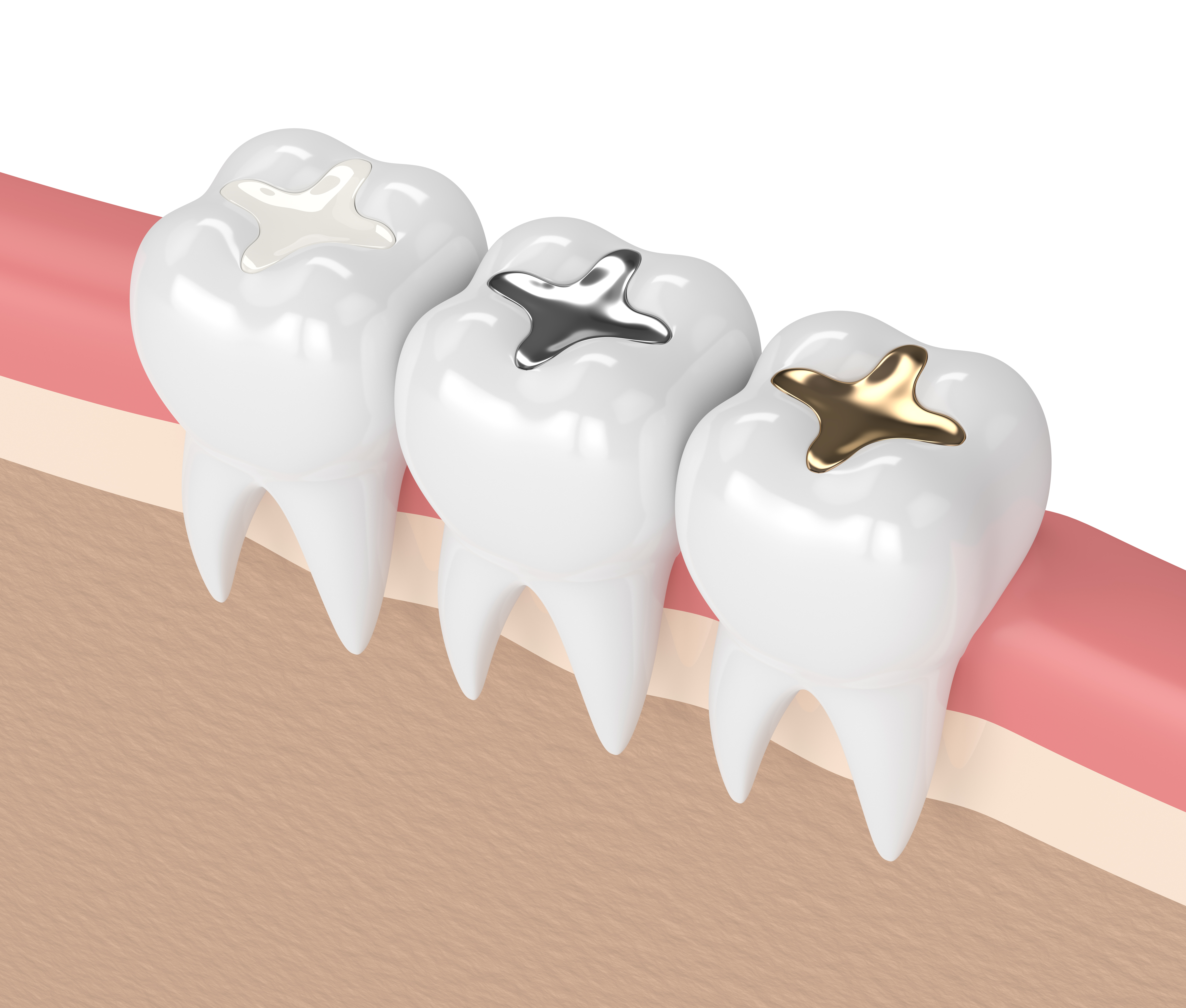Fillings
 Composite Fillings
Composite Fillings
When treating a cavity, the dentist will remove the decayed portion of your tooth and fill it with another substance. This procedure is called a filling. There are multiple options for the material to be used in the filling, the most common of which are composite fillings and amalgam fillings.
A composite filling is also known as a tooth colored filling, since the material used in the filling can be closely matched to the color of your teeth. Composite fillings provide good durability for small to medium cavities, and the procedure typically involves removing less of a tooth than you would during an amalgam filling. They are also particularly well suited for treating front or highly visible teeth because of their natural look.
When can a composite filling be used for?
- Decayed tooth (i.e. cavity)
- Chipped or broken teeth
- Decreasing the gap between teeth
How its done
After the dentist numbs the area where the filling is to be placed, he will remove any decayed portions. A substance is then applied to help open up the pores of your teeth for a stronger bond, and hardened and cured with a special light. Once this is complete, the filling is applied in thin layers to slowly form the complete filling. After the composite has hardened, the filling will be smoothened and polished to be comfortable and fit your bite.
Amalgam Fillings
Amalgam fillings, also known as silver-colored fillings, are made from a combination of metals such as tin, copper, silver and mercury. This combination of metals gives amalgam its renowned strength and durability. These fillings usually last between 10 – 15 years compared to composite fillings which typically last about 5 years. Because of its strength, these fillings are particularly useful for use on the molars in the back of the mouth, where the most chewing occurs. Its silver color is also less visible when placed on molars in the back of the mouth. As an added benefit, amalgam fillings are typically more cost effective than composite “white” fillings.
How it’s done
The procedure is done by first removing the decaying portion of the tooth. Once that is complete, the tooth is shaped in a specific way to accept the filling. The amalgam is then placed into the tooth. A band maybe placed around your tooth during the process to help the amalgam condense. The filling is then adjusted and polished to fit your bite for maximum comfort.
Additional information
After you’ve had your tooth filled with amalgam, you may experience a temporary period of heightened hot and cold tooth sensitivity. Additionally amalgam fillings do not harden instantaneously, and it’s advisable to avoid chewing in that area for a few hours. Make sure to consult your dentist to understand which type of filling is right for you.

